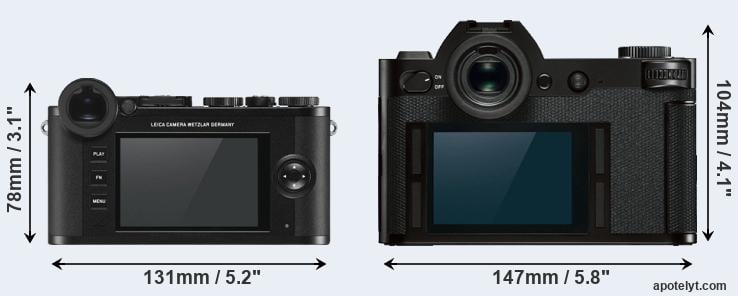Wayne Larmon
Forum Pro
Which has been the target market for EF-S as long as there have been EF-S cameras. EF-S lenses (except for the 18-55mm f/2.8 IS) are always small, light, and push the SOTA for as good quality that can be achieved with an inexpensive lens that is smaller and lighter than their FF brethren. EF-M is the same design rationale.The M isnt going to die anytime soon as long as it makes money. Think like a business - would you discontinue a product that makes you money? NOPE. The development cost for the M mount is done. Their only cost going forward is new bodies and new lenses.
Wiil it die at some point to push people to the R? Who knows.
It has a target market like anything else. The target market is people who want a better camera that takes good pictures but is small and light.
Yes. I am their target market. EF-M lenses are good (once you get past the good copy/bad copy part. And slowness.) I have a good copy of the 15-45mm and it is as good as I need. I recoil with horror at FF 24-70 f/2.8 lenses. Small, light, and decent quality fits my needs. (24 megapixels is good for up to 16x20 right out of the camera. And is almost good enough for 8K right out of the camera. This fits my use case.)But that being said I dont ever see the M having a huge catalog of lenses. Canon may release a few more but its never going to be an EF catalog of lenses. But frankly who cares as long as you have what you need. And you can use EF/EF-S lenses if you desire.
In any event, there is no good reason for any of us to be upset right now. M or not M will probably take years to play out. Right now I am happy with EF-M, just as it is. The people with different priorities should be happy with what Canon is promising with the R mount.
Wayne













